FANCY SHAPED DIAMONDS

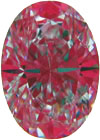
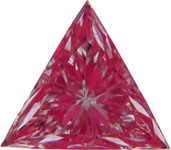
CAPTION

Fancy shaped diamonds (all shapes other than round) do not return light as well as ideal cut rounds. The ideal-scope goal of plenty of red, a small amount of evenly distributed darkness and little or no white leakage is difficult, if not impossible to achieve. Evenly distributed small areas of means a diamond will not have large dead zones. If much of the diamond is red or pink, it will naturally be brighter and likely more brilliant. Fancy cuts (other than step cuts like. Emerald cuts) often appear to have a lot more very small facets. If many of these ‘virtual facets’ show partial light return through the ideal-scope then the stone is likely to display lots of tiny flashes of fire.
Princess and Radiant
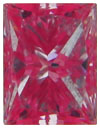
This stone leaks more in the left and right sides because the pavilion angles across the short direction are too steep, where-as lengthwise the stone has a better shallower pavilion.

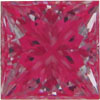
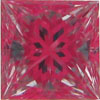
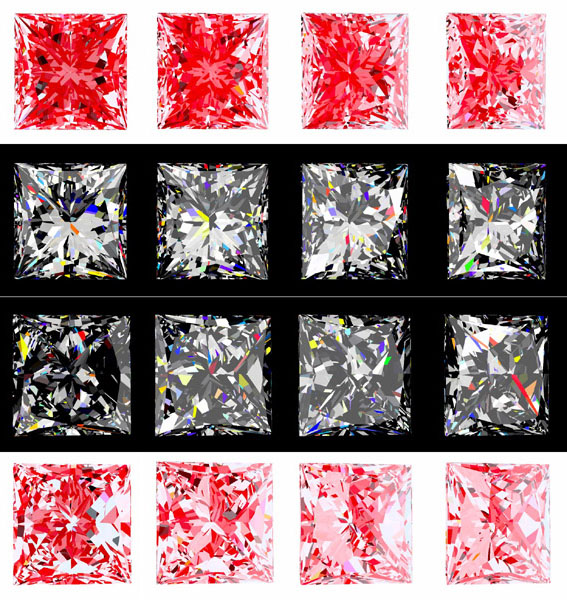
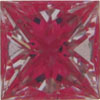
Emerald Cuts
Emerald Cuts often show a cross-shaped pattern in pink with a lot of leakage in the small corner facets. If the pavilion facets on the ends are cut too deeply emerald cuts can show see-through triangular windows; like princess cuts. The best performing emerald cuts have some black and a lot of red to pink evenly balanced around the diamond.The ideal keel length (the long line or culet on the bottom) is:Length – Width = Keel length.This ensures that side and end pavilion angles are the same. These five stones represent very good to fair stones.

Pear shapes, Ovals & Marquise




Trilliant Cuts

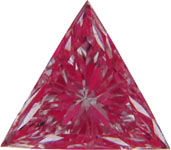
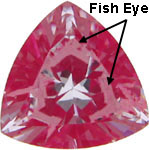
(Fish Eye – White Ring)
In general look for a stone that has an even distribution of pink and white. You will find stones like this have a pleasing distribution
of tiny firey flashes across the stone.
Two of the stones above have excellent
light return with some areas of white. The stone on the far right, however, is cut too shallow and shows a strong white ring inside the stone. This is called a Fish Eye effect and is very harmful to a stone’s beauty – avoid Fish Eye stones.
Other Considerations
AGA Cut Grading System for Fancies(follow DIY Cut Grading link)
Perfect light return is a ‘holy grail’ amongst fancy cuts so don’t forget to consider the other important features of fancy cuts. A pleasing shape, length to width ratios, symmetry and appropriate girdle thickness are all important factors.
Square princesses (less than 5% L:W deviation) are popular and generally perform better under the Ideal-Scope than rectangular princesses. Radiant’s often perform poorly with the ideal-scope, but those who like the look of a radiant are probably not looking for brilliance per se.
Rectangular stones (emerald cut, criss cut etc) with a width to length ration of approx 1:1.5 are generally favored. Some people prefer a long skinny look, others a plumper look. Make sure you look at a few stones and determine what kind of look you prefer.
Inclusions are more easily seen in emerald cuts so ensure you examine the stone well with your naked eye before purchasing. Unlike round brilliant cuts, SI inclusions* in emerald cuts may be visible with the naked eye because of their large window like facets.
*The definition for SI clarity states that inclusions are not eye visible. However, due to the greater transparency of the emerald cut they are shown some leniency and a small eye visible inclusion can still be graded as SI and not Imperfect 1(I1) / Pique1 (P1)
Coloured Diamonds
The Ideal-Scope also works with coloured diamonds (and other gems) but its performance is reduced with darker coloured stones because the darker colour may obscure the pink light cast by the ideal-scope. Be extra alert with pink stones! 😉
Make sure you’re especially observant. Be aware that leakage will not appear white but as a shade of the stone’s body colour.Also the pink returned light can appear a different shade than usual because it will have mixed with the body colour of the stone. Concentrate on analysing the intensity of the pink and with rounds use the kite facets as a reference point for strong light return. The kite facets (see facet map) on round brilliant cuts almost always return light strongly – no matter how bad the cut, so they are an excellent bench mark for assessing light return from other regions of the stone.
